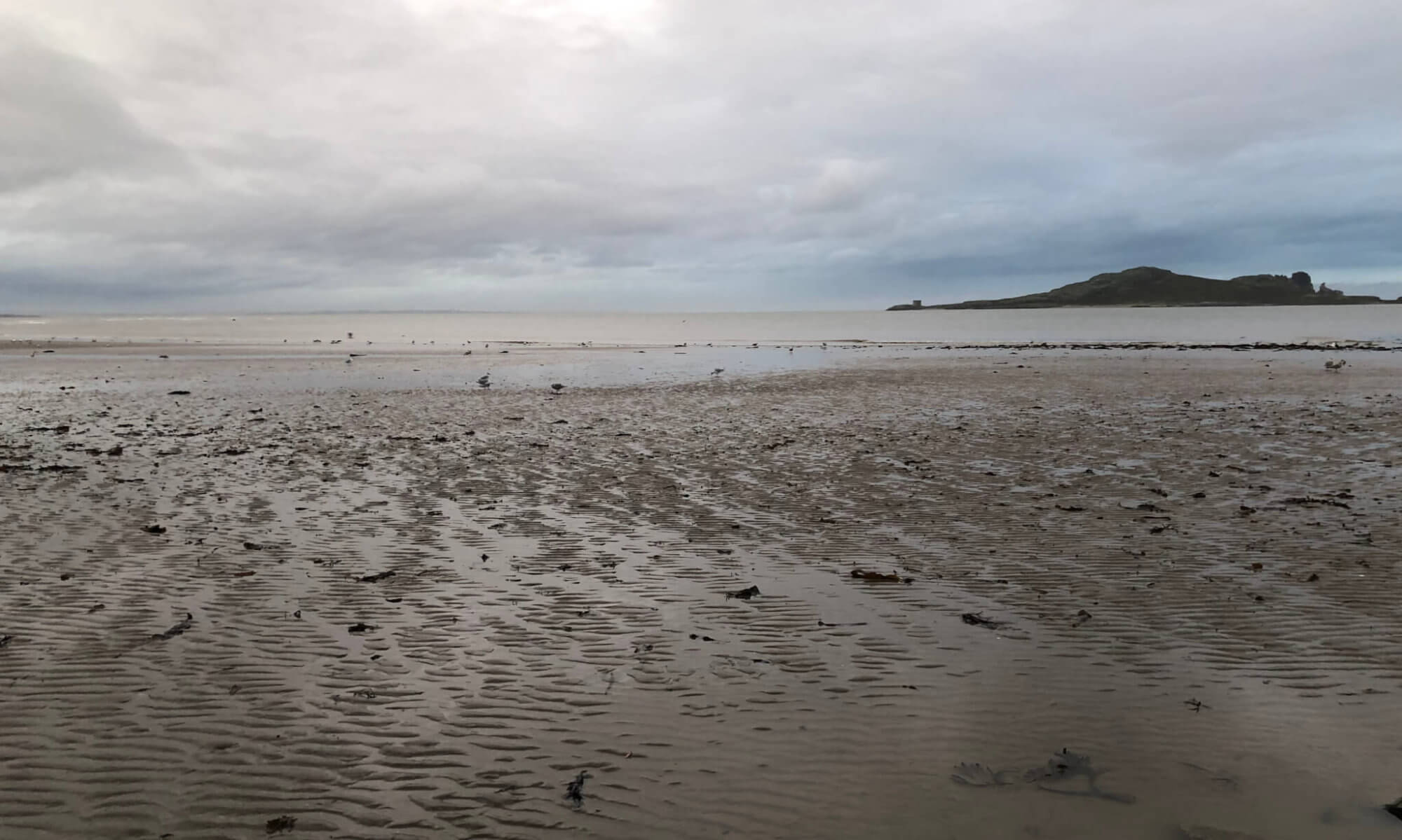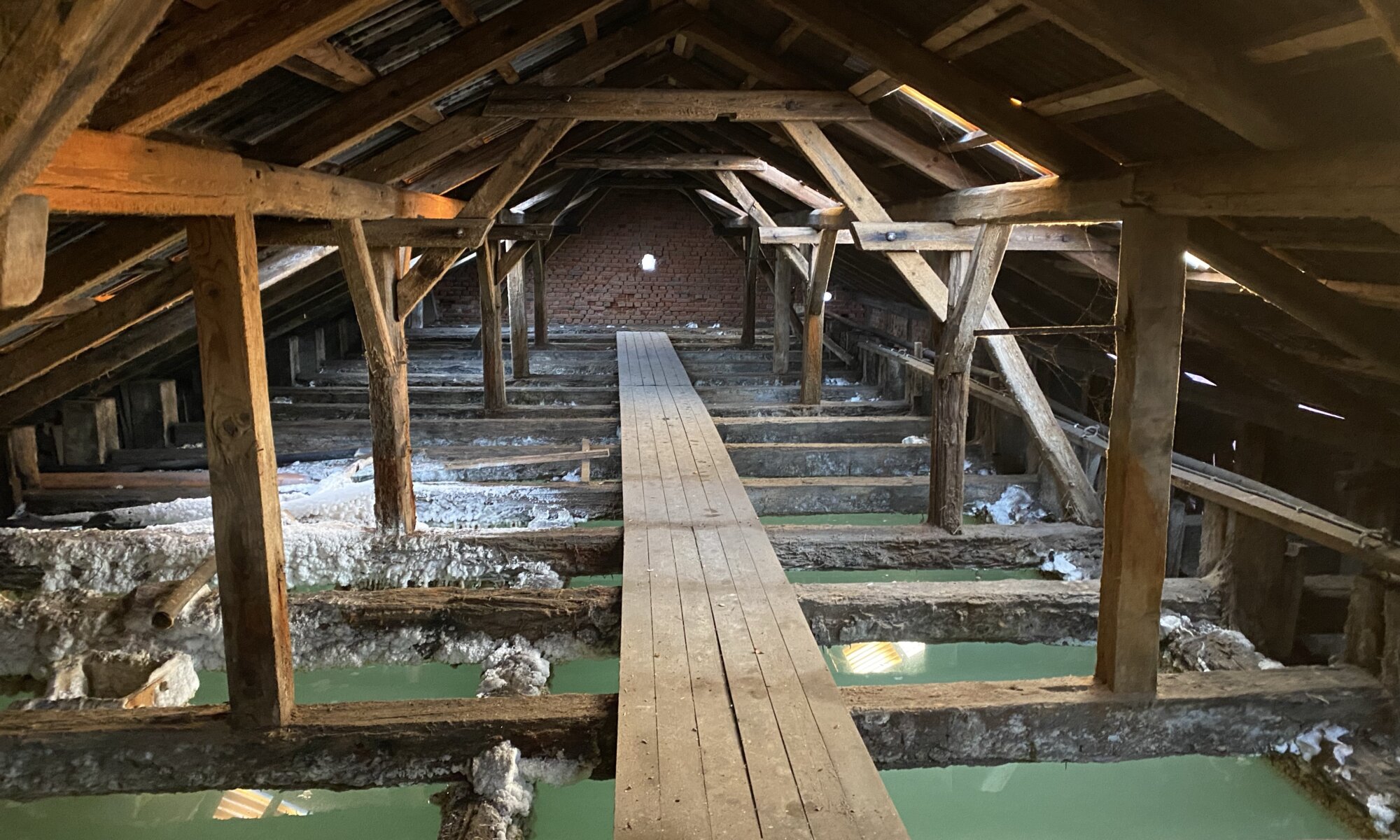Salt, also referred to as the white gold, is used for many purposes: for nutrition and cosmetics, to clear roads in winter time, to preserve food and many more. Sodium chloride (NaCl) is typically gathered from sea water (sea salt) or by mining halite (rock salt) underground. In few cases brine is gathered from the ground, a highly concentrated solution of salt in water – it is then heated to let the water evaporate. One of these places is the Saline Luisenhall at Göttingen, Germany; Europe’s last saline that uses giant iron pans to recover salt from brine.
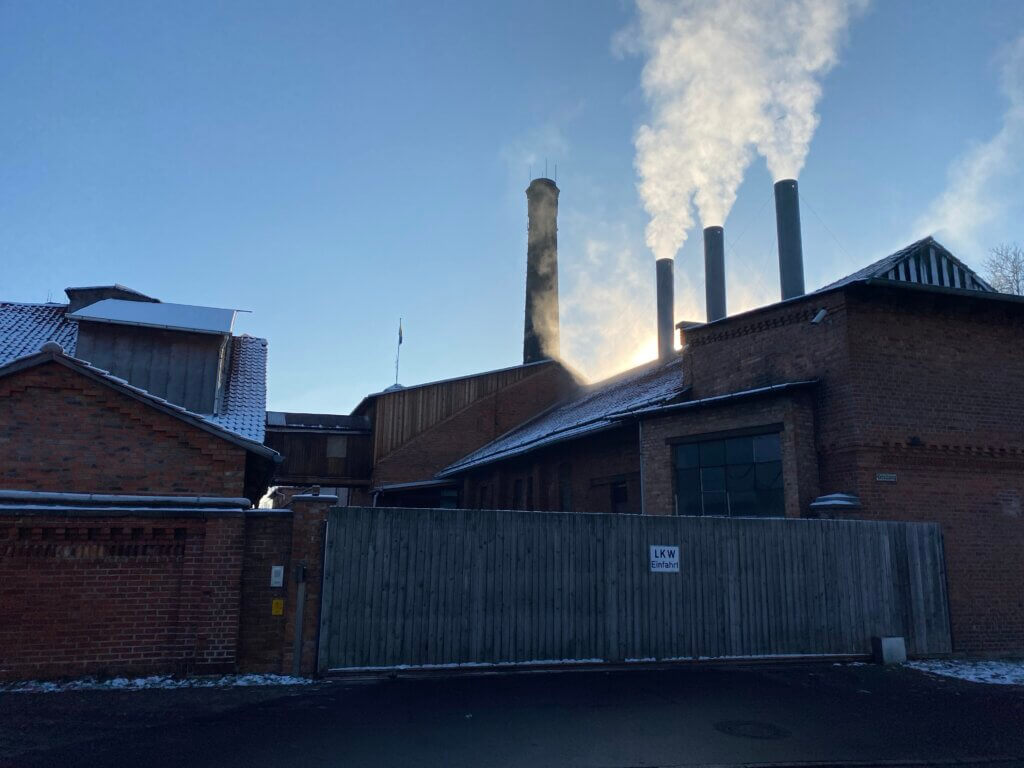
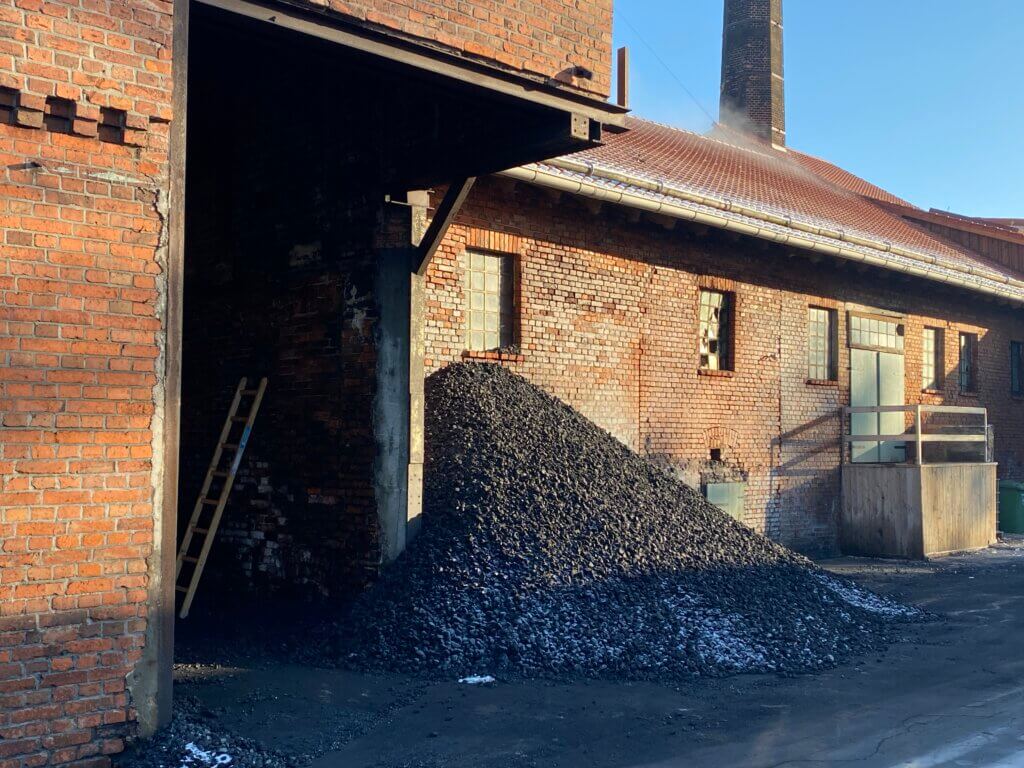
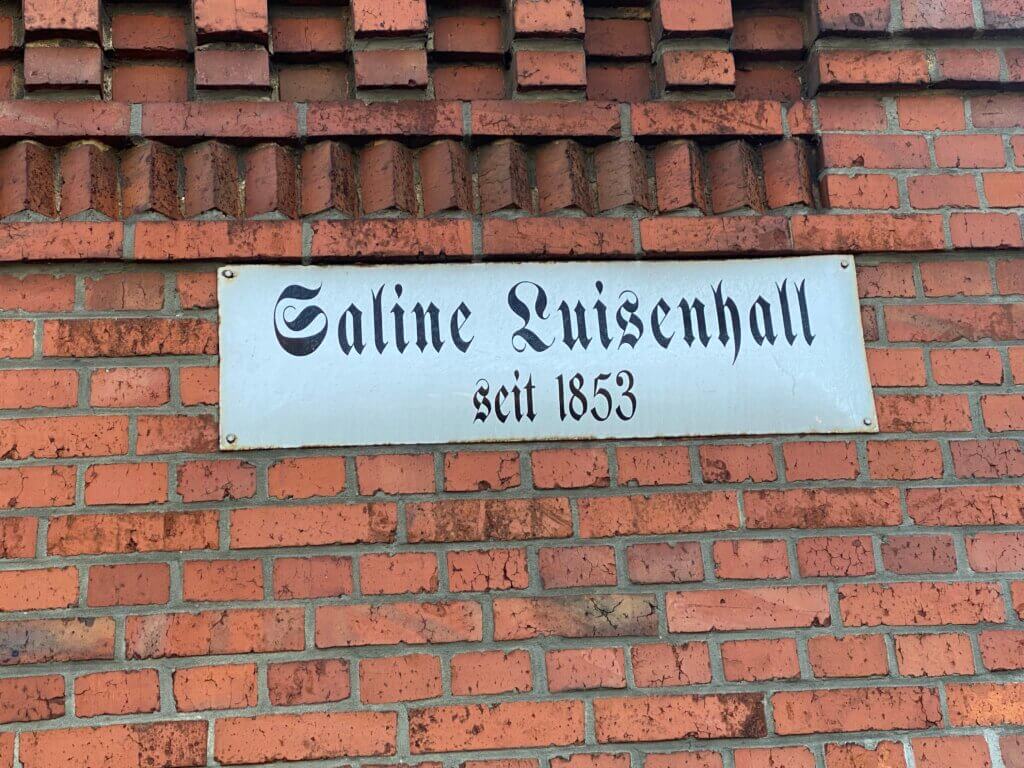
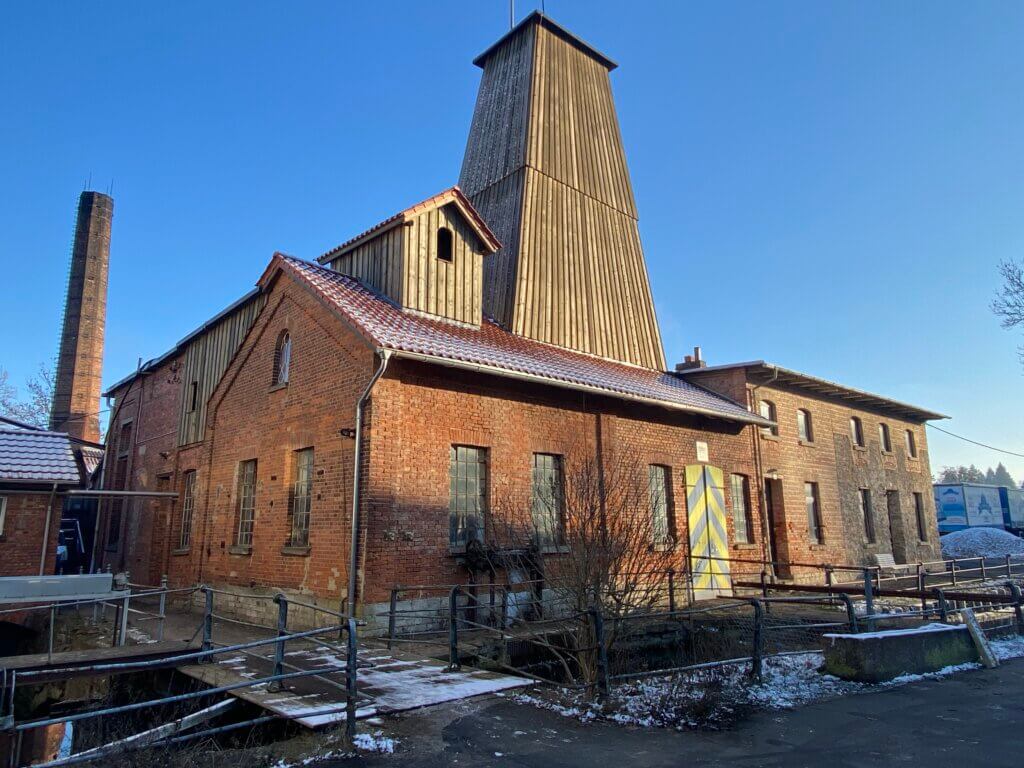
The Saline Luisenhall is a family business, a preserved cultural heritage in which ancient technology and processes are used. The saline generates only 4,000 tones of salt every year. That is not much and the result is a product rather for gourmets enjoying the purity of the end result. How did the salt come to Göttingen? 250 million years ago northern Europe was covered by a large sea which dried out over time. Now the salt of this sea is located deep in the soil. At the saline it is at around 380 to 460 meters under the surface.
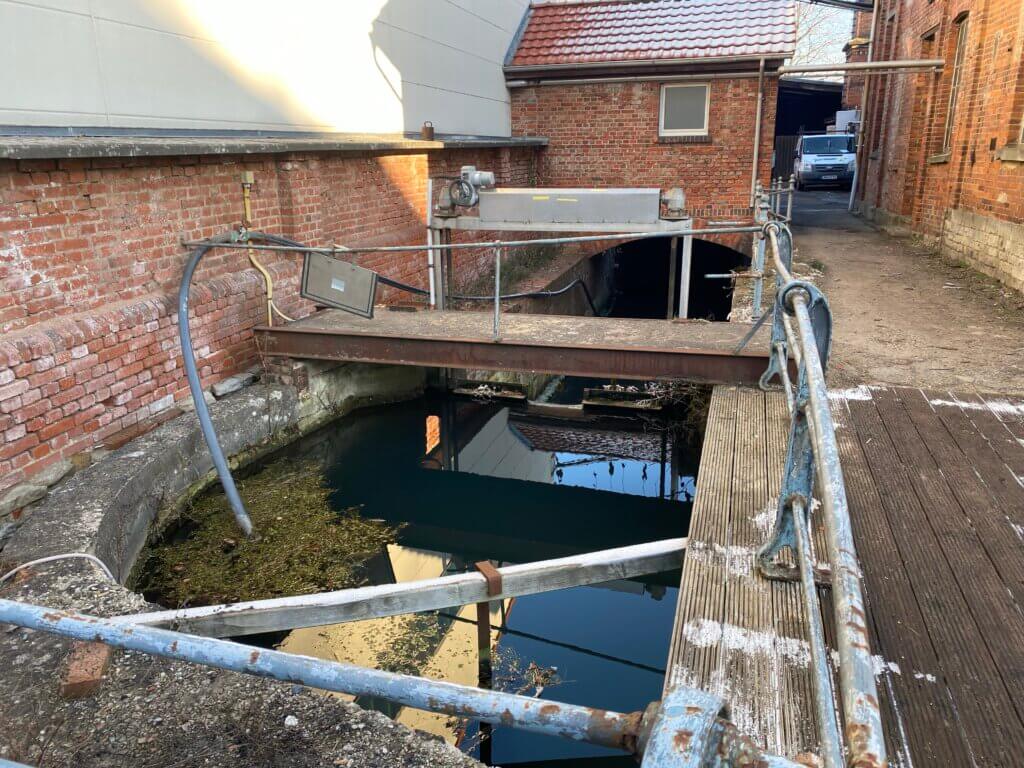
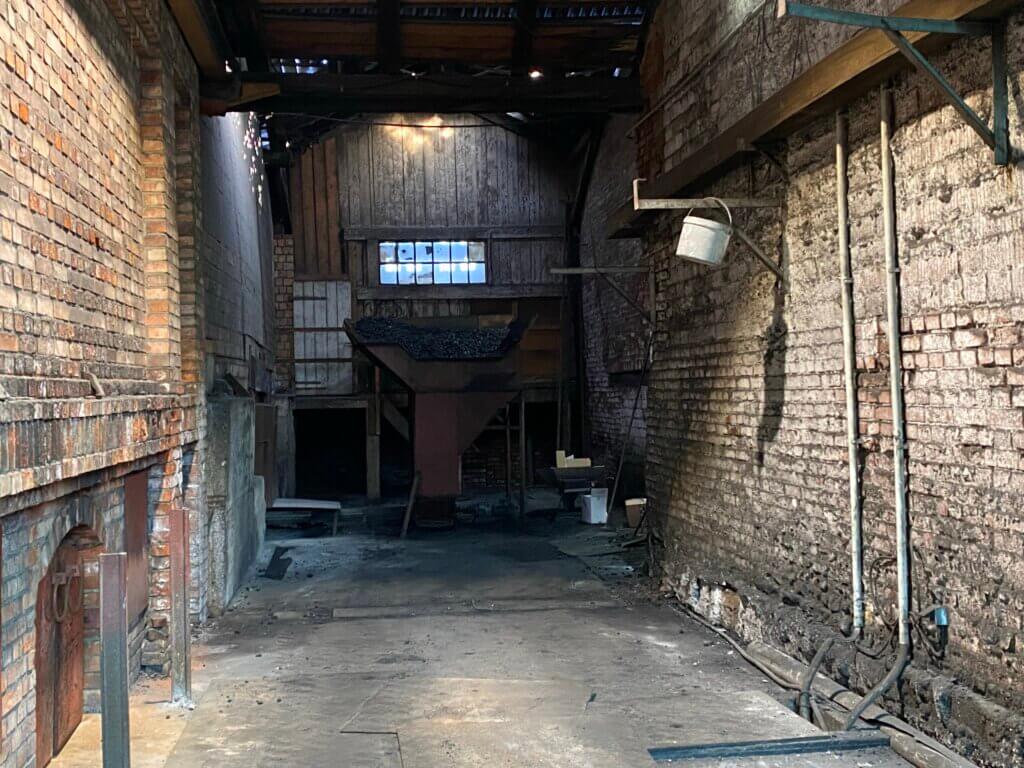
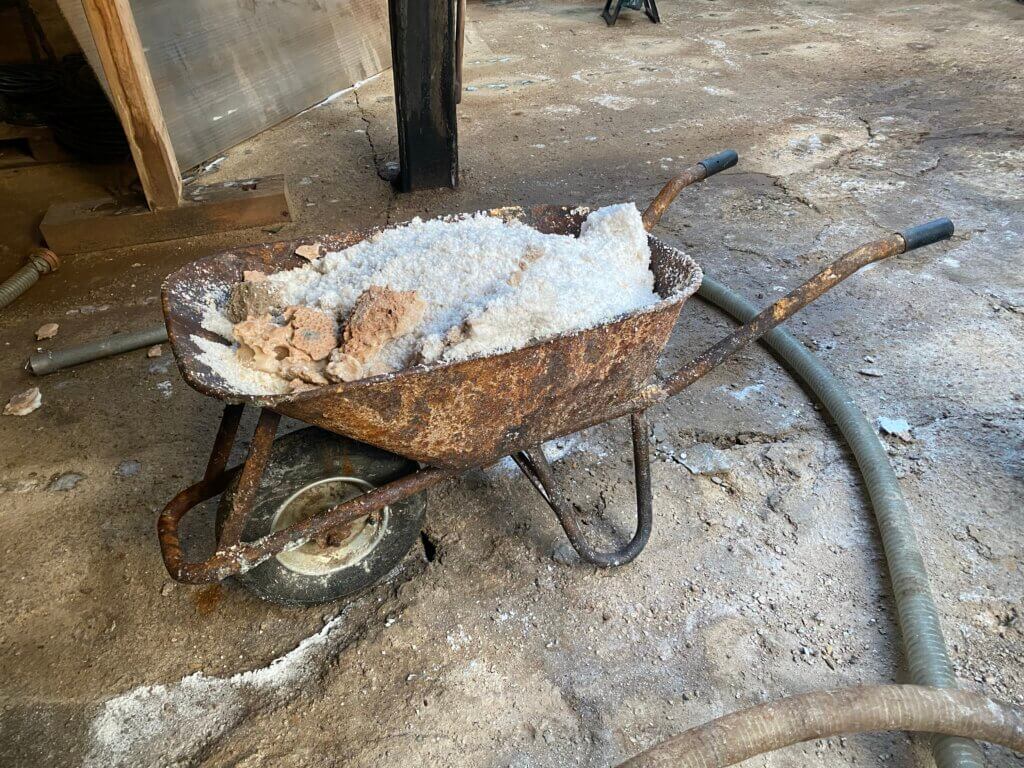
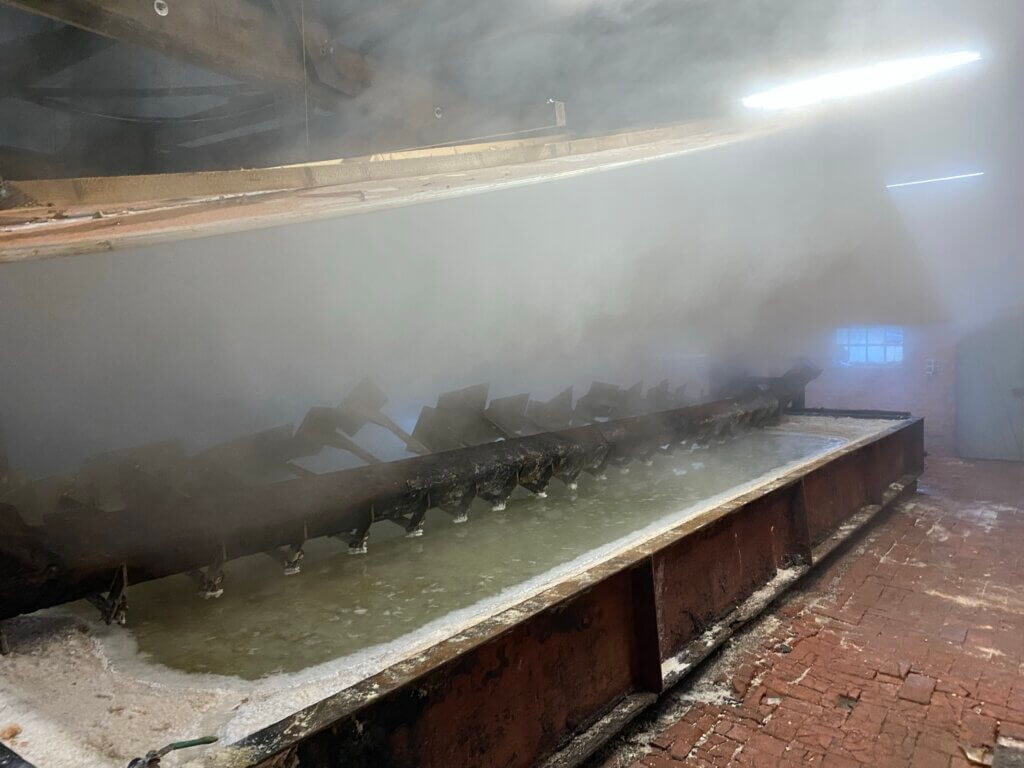
How was the salt discovered?
In 1850 Philipp Rohns discovered that plants are growing between Grone and Göttingen that typically only grow in areas with a high salt concentration. Therefore in 1853 he created the saline and dug a first hole until in 462 meters he found salt. What came out was brine with a very high percentage of salt: 27 %, nearly the same as at the Dead Sea. That is rather unusual and made salt-making much easier as there was no need to increase the concentration of salt in the water as in other places (normally graduation towers were used for that).
| Baltic Sea | 1.8 % |
| North Sea | 3.5 % |
| Brine at Göttingen, Germany | 27 % |
| Dead Sea, Israel | 28 % |
Rohns used water to power the pumps that brought up the brine. Nearby the tiny stream called Grone can be found which powered a water wheel. Being able to produce salt here was highly appreciated as formerly salt had to be bought from abroad, from a foreign country: the Landgraviate of Hesse.
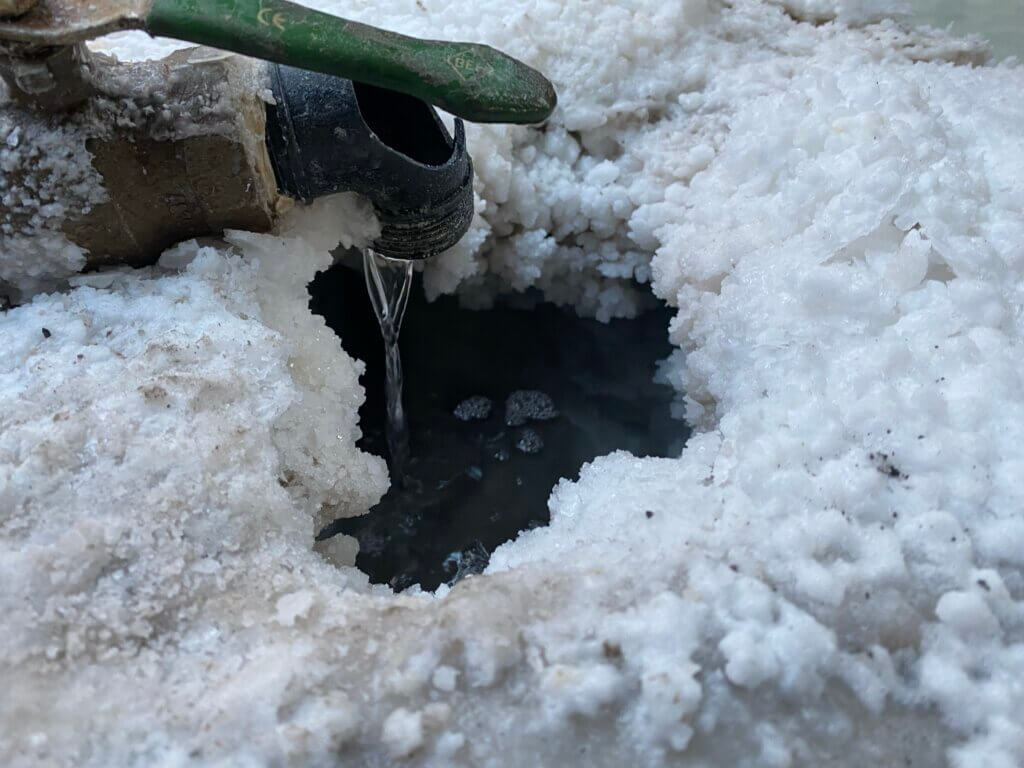
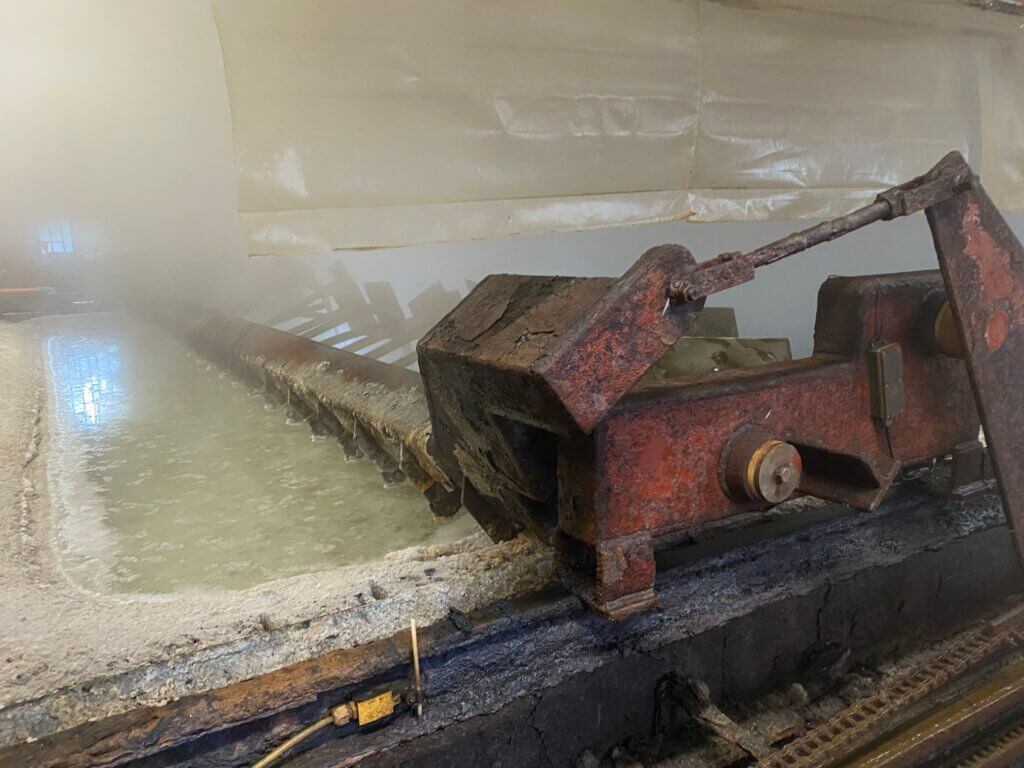
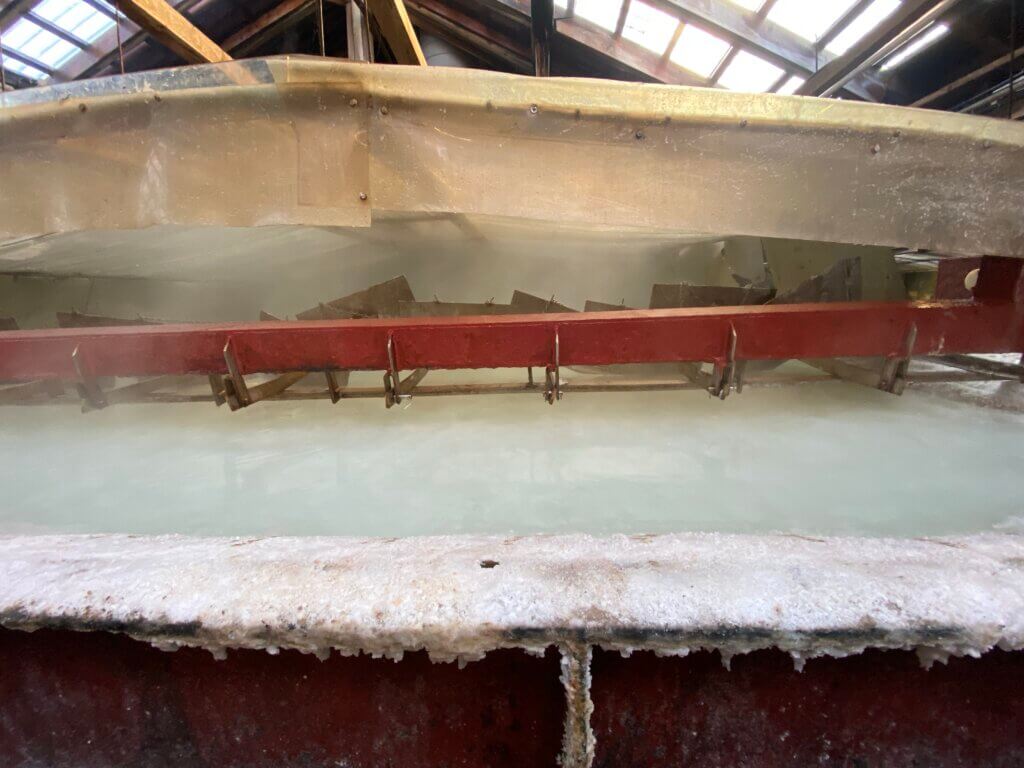
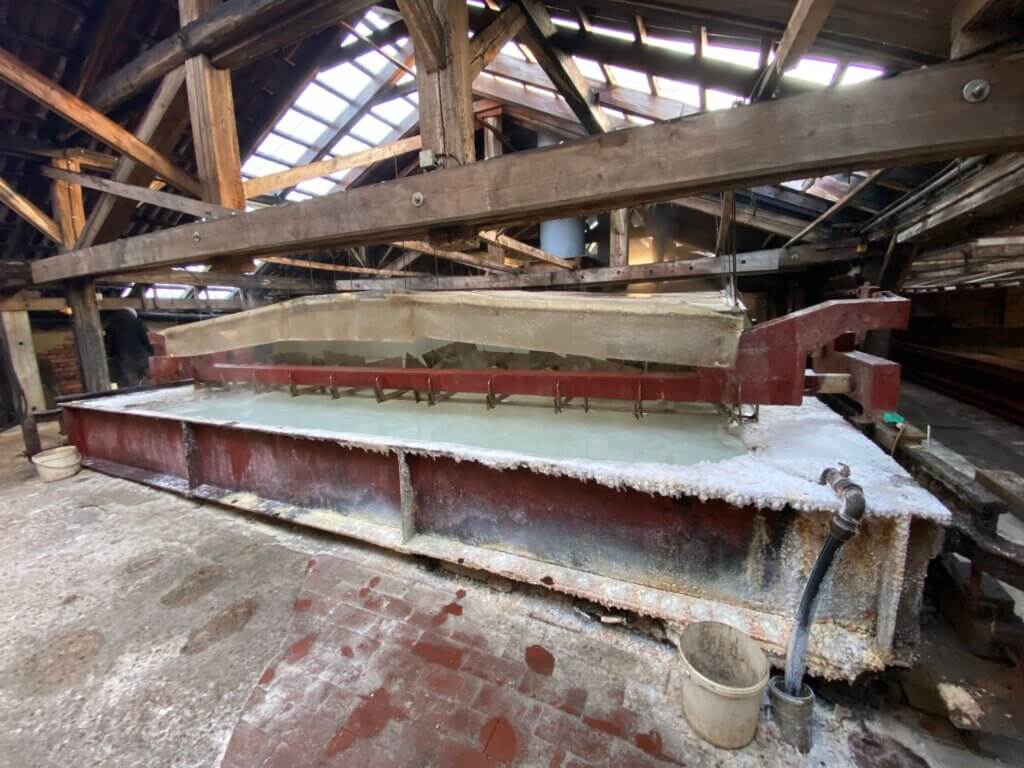
Philipp Rohns didn’t get rich after his discovery, he was pushed towards bankruptcy. The next owners were Louis and Theodor Laporte who named the saline after their mother Luise – the name it still carries today. They drilled a second hole and could rescue the first one which had collapsed in the meantime. But also they were unable to recover their cost and had to sell the mine. It received new owners several times until it came into the hands of the family Levin, a family of local entrepreneurs that still own the saline today.
How does the process of recovering work?
The brine is pumped up, brought into contact with air and cleaned with the use of a lime solution. It is then stored in a large wooden basin. Brine is very aggressive and can corrode metal easily, but wood withstands. From there it is brought into giant iron pans (the saline today has four of them) that are heated by coal. Once most water is gone the mash is brought into a centrifuge, dried using natural gas and sorted by granularity.
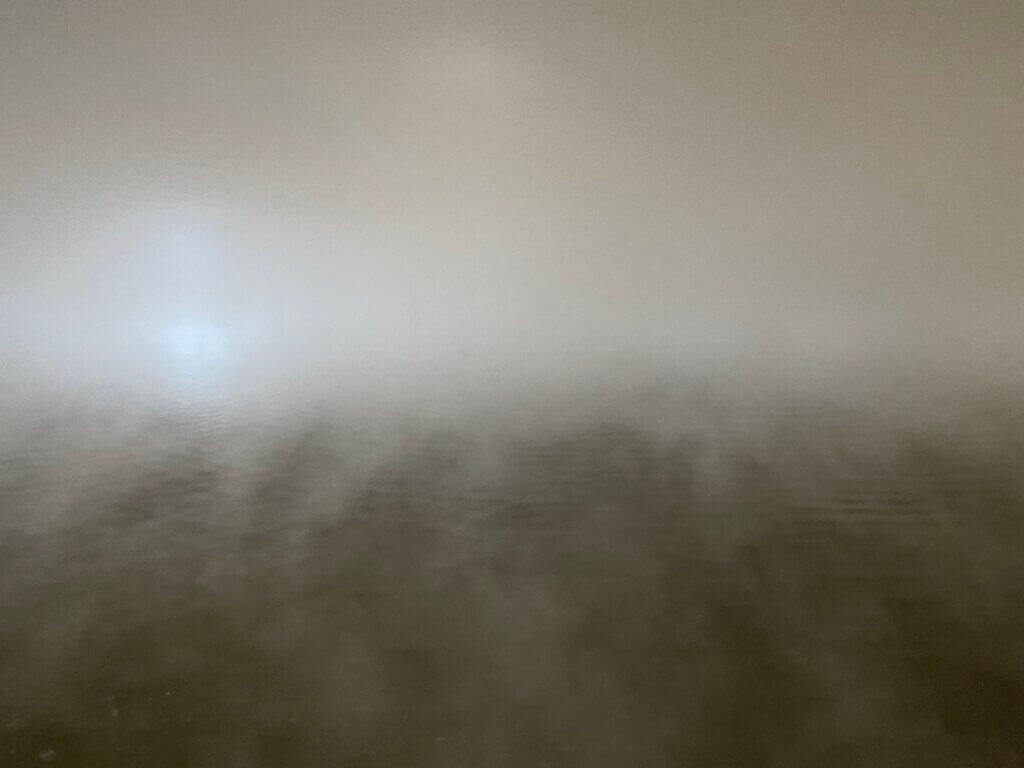
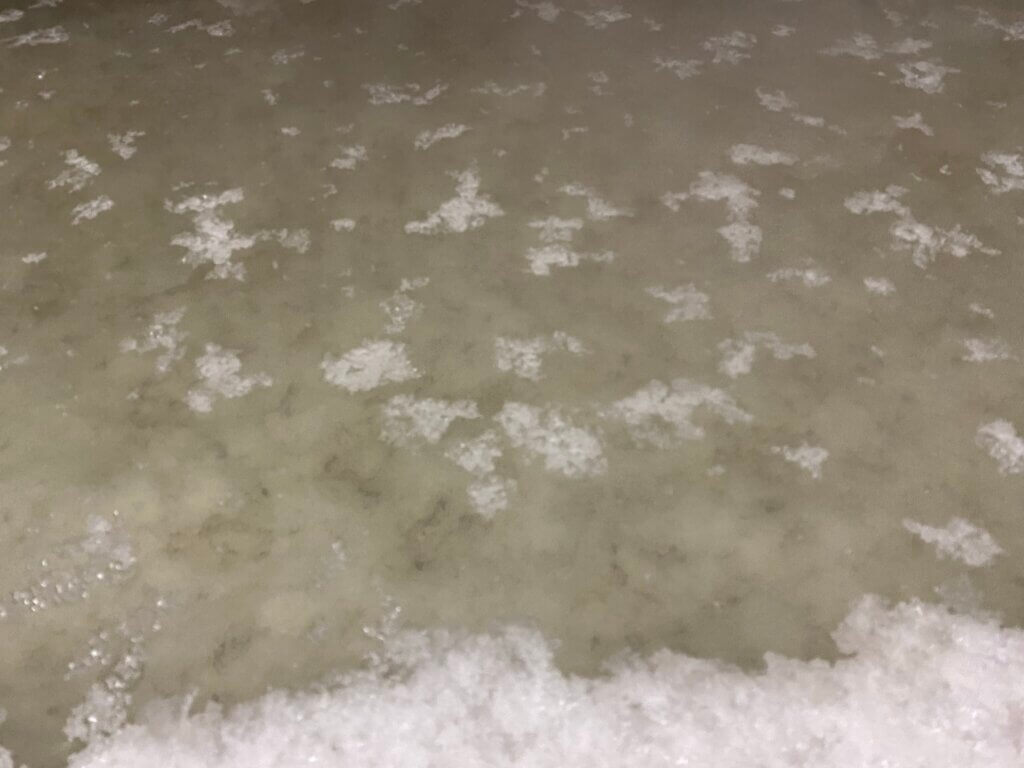
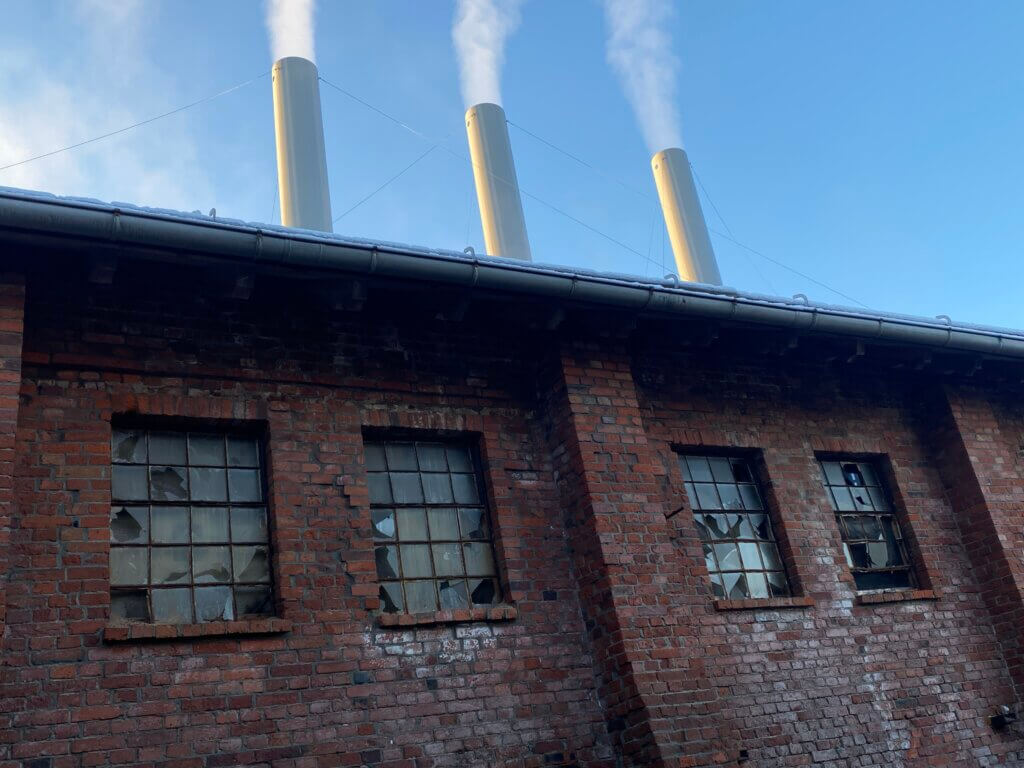
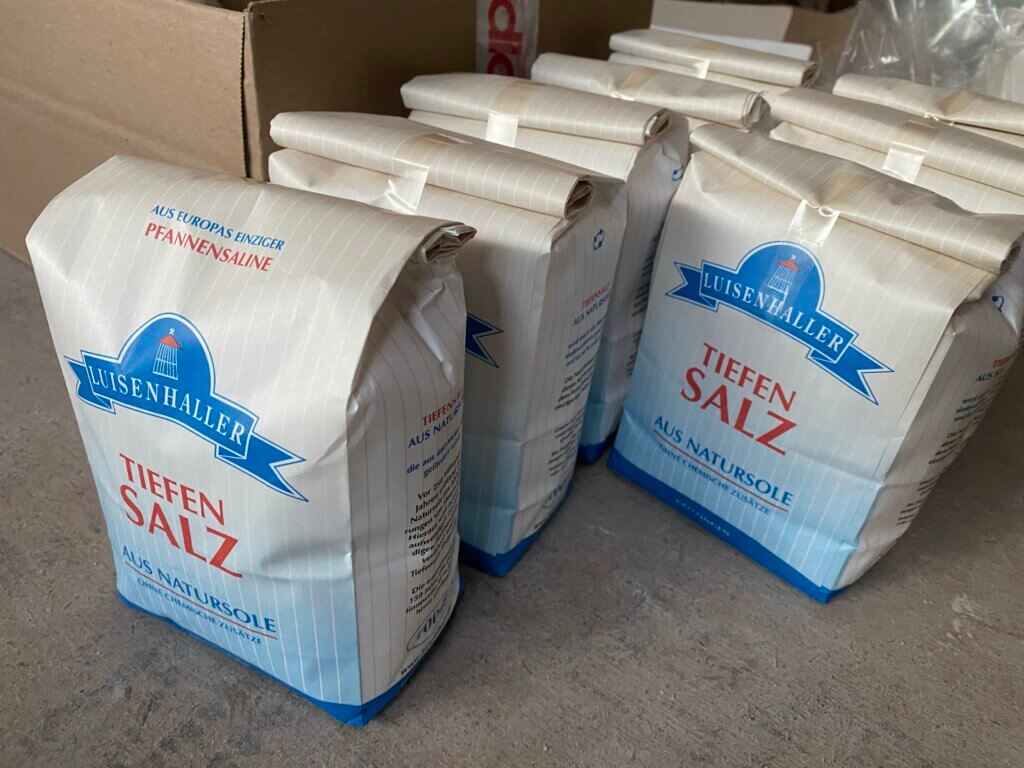
Standing next to these vast salt pans covered in salty mist is a unique experience. This ancient way of recovering salt gives also another advantage that you typically only have when recovering salt from the sea: you can collect the Fleur de Sel, the salt flower that appears on the water. This high-priced salt has a special consistency and is beloved by chefs and gourmets around the world.
The saline today
The Saline Luisenhall has seen better days and was formerly also connected by railway, the Industriebahn. Parts of the buildings are deteriorated, the massive corrosion caused by the salt can be seen everywhere. But it is still an impressive cultural heritage that has to be preserved! Today, the saline sells mainly salt for human consumption, but also for cosmetics. Even the brine is sold for aquariums, spas or to clear roads in winter times. Additionally the saline has its own spa were you can enjoy a bath in brine (it is just a little less concentrated, around 18 %).
If you want to explore this place yourself you need to book a guided tour at the tourist office of the city. The tour lasts around 90 minutes. If you want to buy some local salt: it is available at the spa (on the right-hand side when entering the area) but also in many local supermarkets.
Saline Luisenhall
Greitweg 48
37081 Göttingen
Germany
https://luisenhall.de
https://tourist-info-goettingen.de
Loading map...

